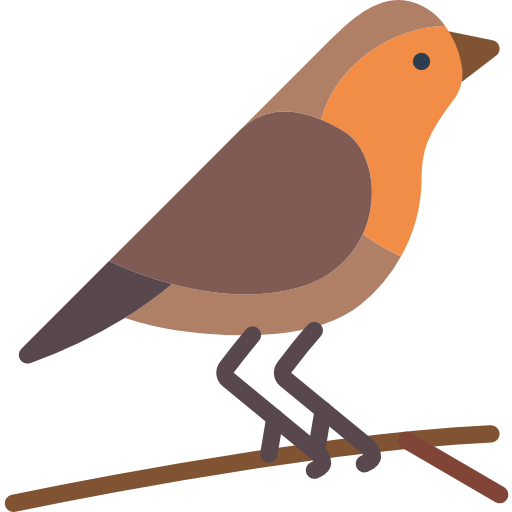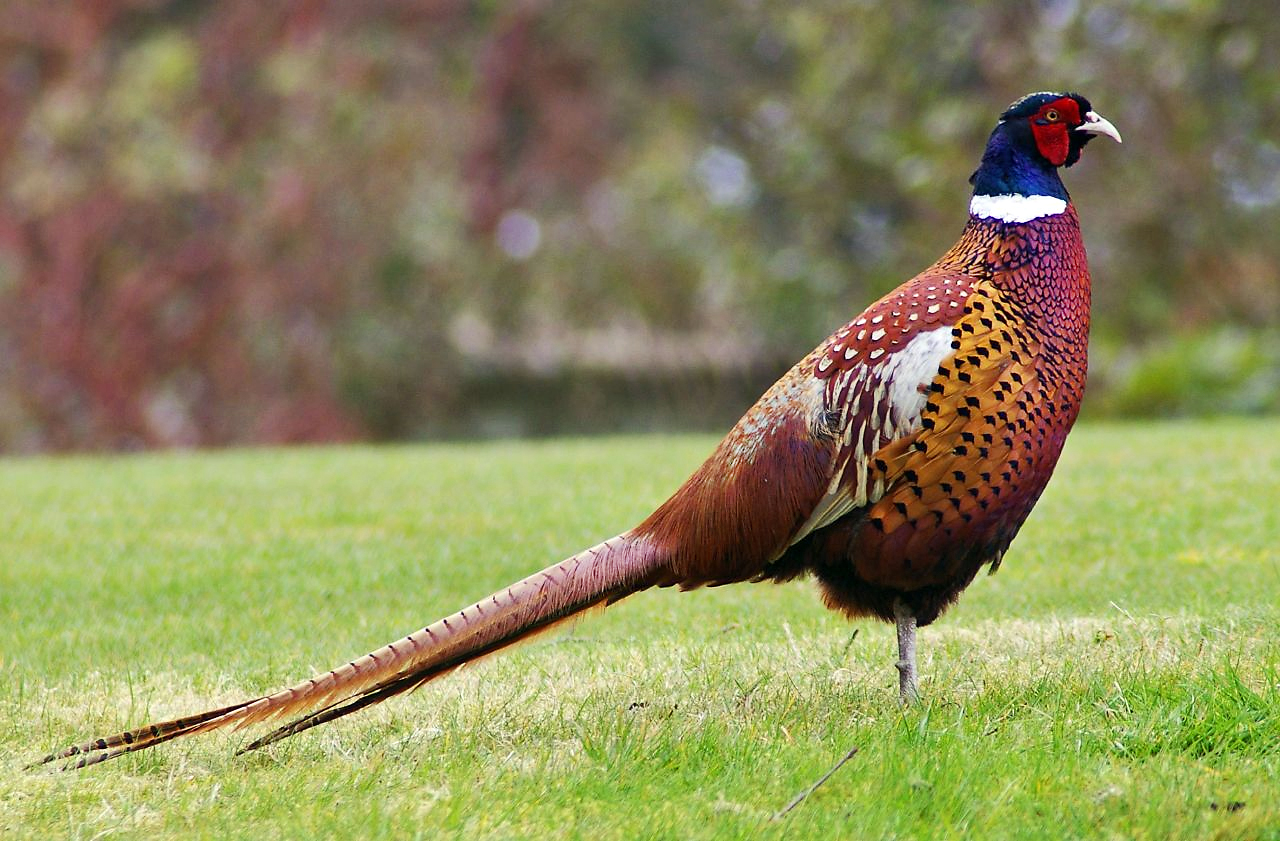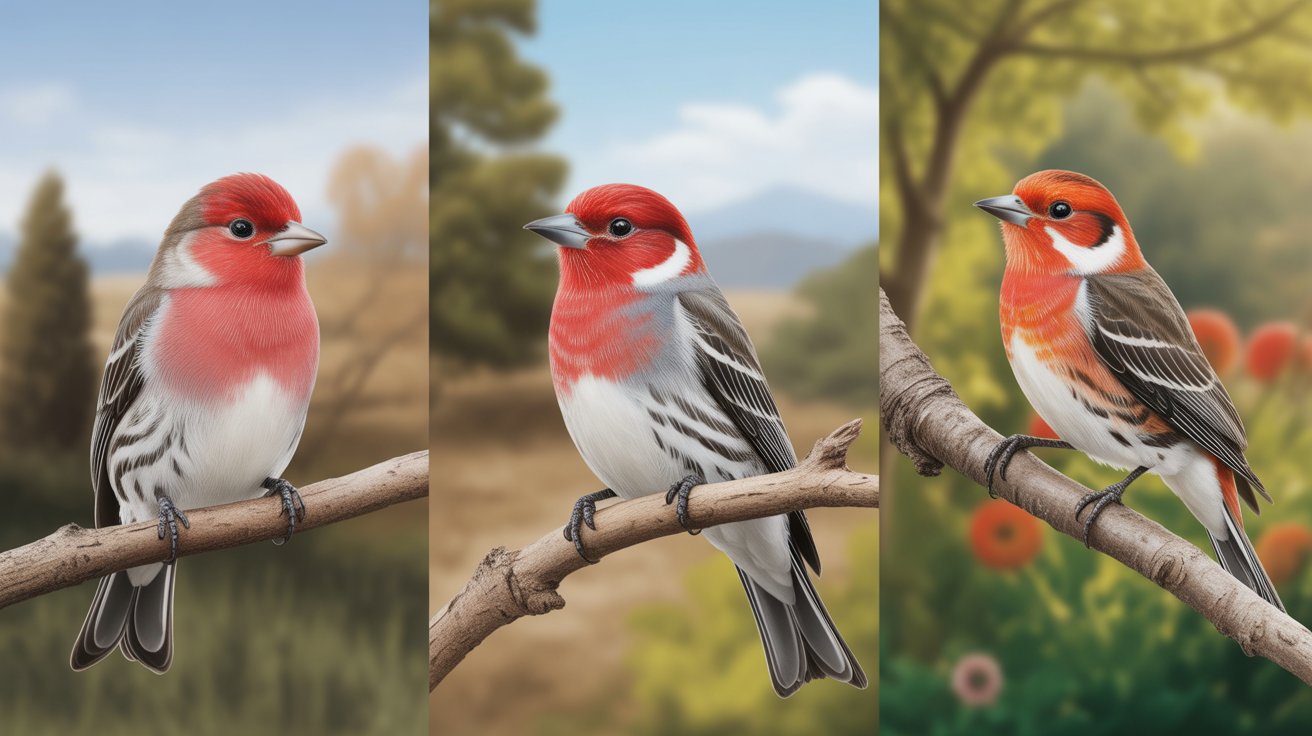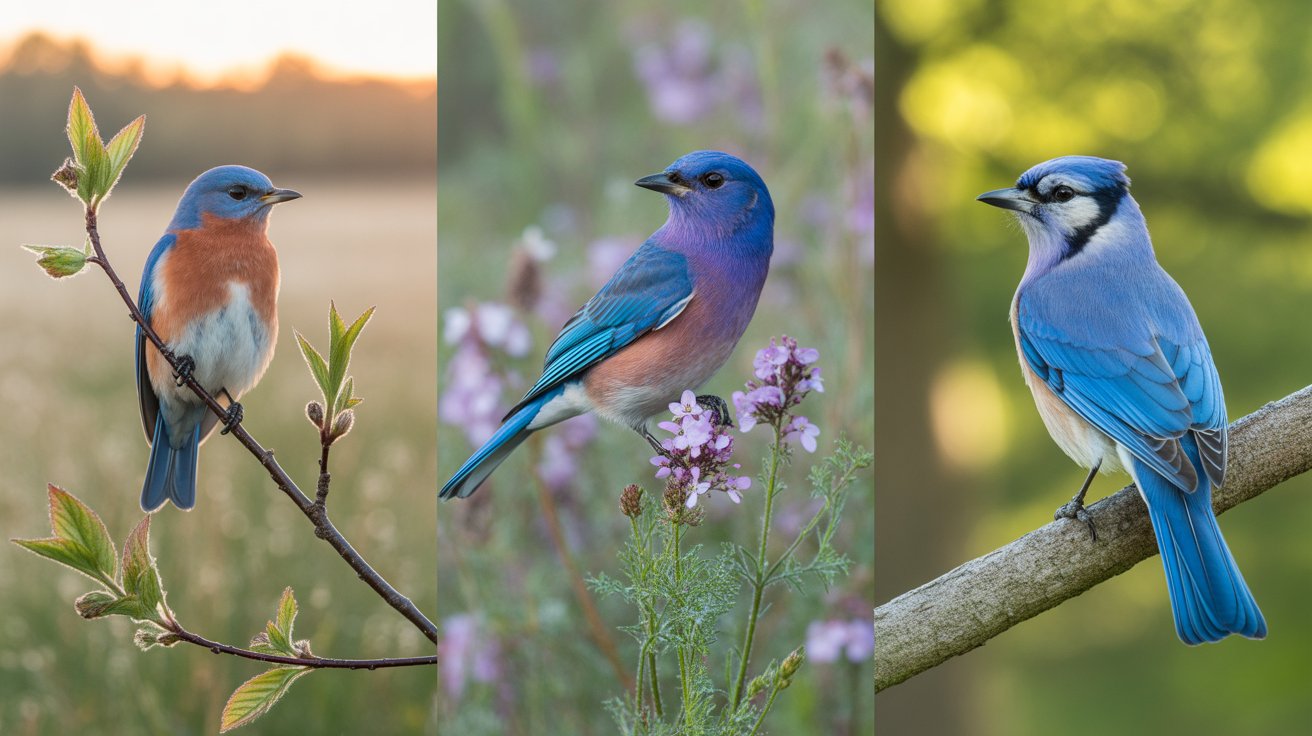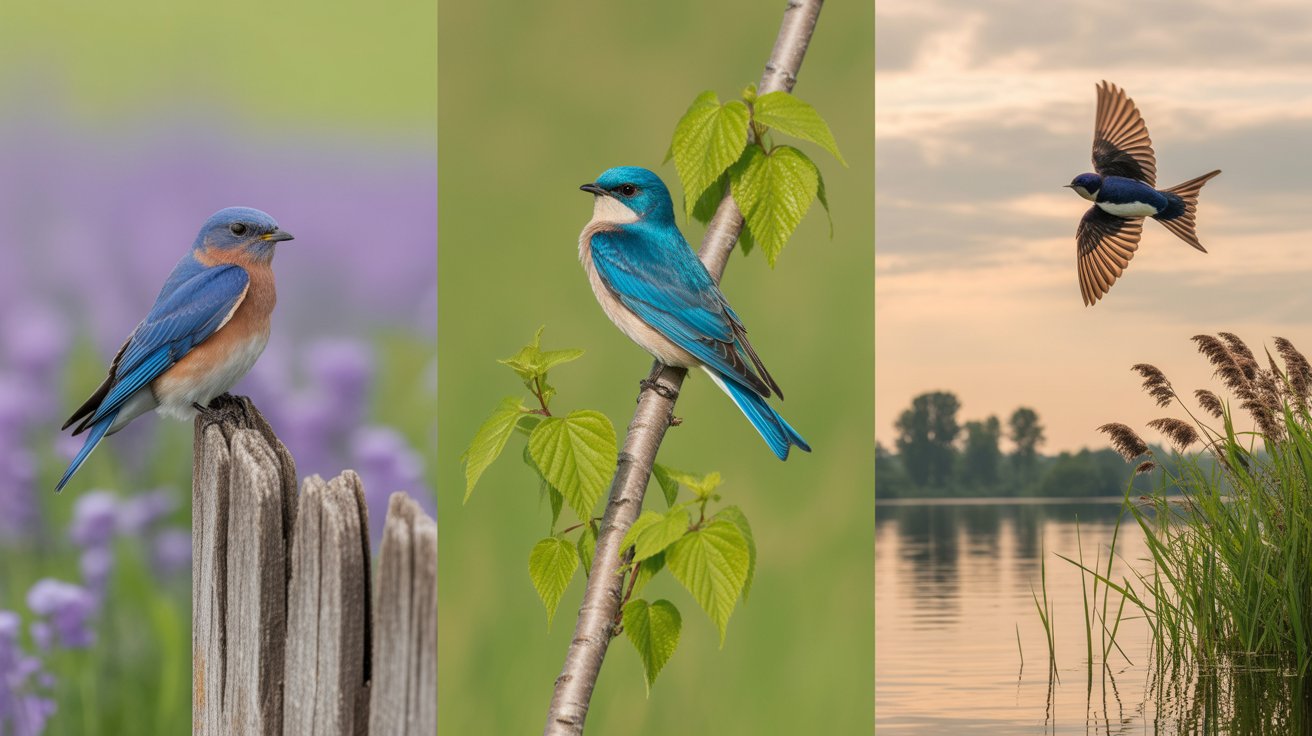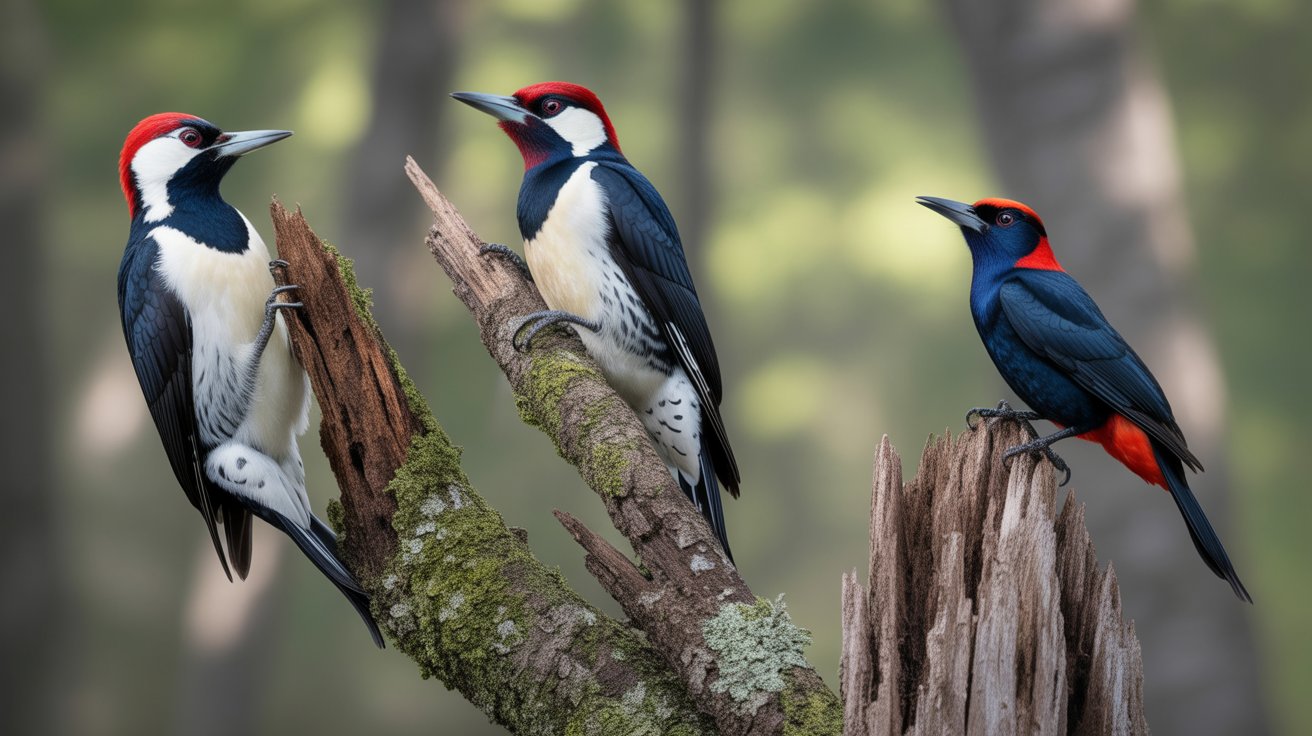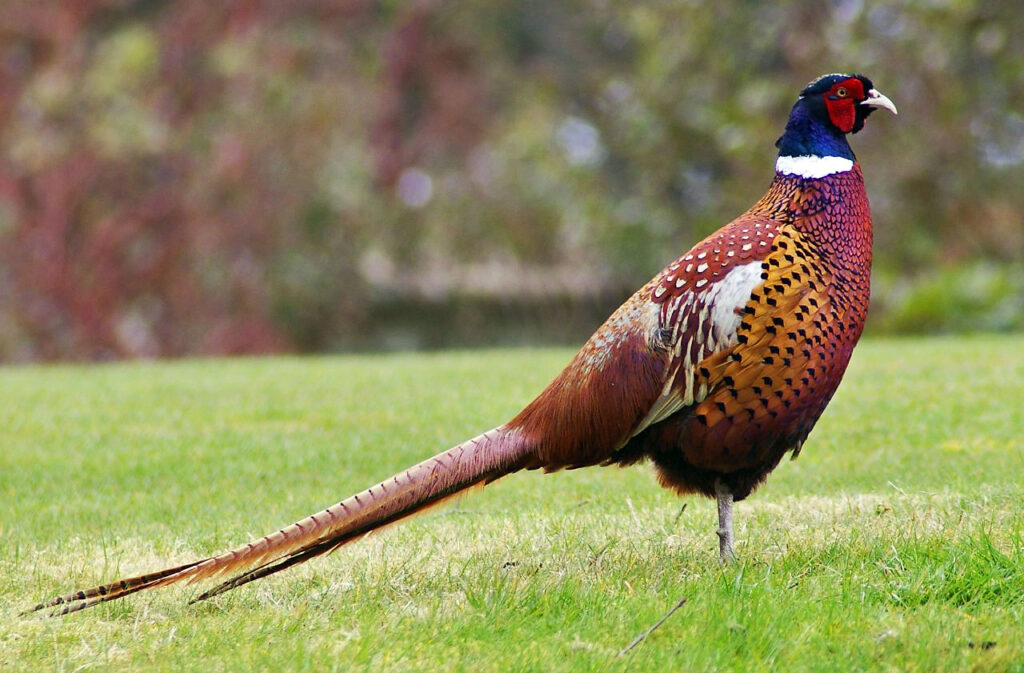
If you’ve ever strolled through the countryside or glanced across an open field in Europe or North America, you may have spotted a flash of bright color darting through the grass. That colorful bird is likely the Common Pheasant, one of the most recognizable and widely distributed game birds in the world. With its shimmering plumage and elegant tail, this bird is a true feast for the eyes.
As you dive into the world of the Common Pheasant, you’ll uncover just how adaptable and fascinating this species is. Whether you’re a birdwatcher, hunter, wildlife photographer, or simply someone with a love for nature, learning about the Common Pheasant can be incredibly rewarding.
This guide will take you through everything you need to know—from its scientific classification to its feeding habits and unique behaviors. You’ll also find fun facts and answers to the most common questions about this remarkable bird. Let’s begin your journey into the life of the Common Pheasant.
Common Pheasant: A Complete Guide to This Colorful Game Bird
Scientific Classification
The Common Pheasant, known scientifically as Phasianus colchicus, belongs to the family Phasianidae, which also includes other ground-dwelling birds like quails and partridges.
- Kingdom: Animalia
- Phylum: Chordata
- Class: Aves
- Order: Galliformes
- Family: Phasianidae
- Genus: Phasianus
- Species: P. colchicus
There are around 30 recognized subspecies, often with slight variations in size, color, and plumage. Many of these have been introduced outside their native ranges for hunting and ornamental purposes.
Physical Description
The Common Pheasant is a medium to large-sized bird, with a strikingly beautiful appearance—especially in males.
- Length: 50 to 90 cm (20 to 35 inches)
- Wingspan: 70 to 90 cm (28 to 35 inches)
- Weight: 0.8 to 1.5 kg (1.7 to 3.3 lbs)
Male pheasants are especially eye-catching with their iridescent plumage in shades of gold, copper, green, and purple. They often have a white collar ring, a bright red wattle around the eyes, and a long, pointed tail. Their eyes are typically yellow or orange, and the beak is short, strong, and pale in color.
Females are more subdued in appearance with a mottled brown plumage that provides excellent camouflage in grasslands and underbrush. They lack the flashy features of males but have the same slender body shape and rounded wings.
Notably, the Common Pheasant does not have a crest, which differentiates it from some other showy bird species.
Habitat and Distribution
Originally native to Asia, the Common Pheasant has been widely introduced to Europe, North America, New Zealand, and other regions. Today, it’s one of the most familiar game birds in the world.
You’ll typically find Common Pheasants in:
- Farmlands and agricultural fields
- Woodland edges
- Grasslands and meadows
- Hedgerows and scrubland
They prefer open areas with nearby cover for nesting and roosting. These birds are highly adaptable and can live in a variety of climates, from temperate to subtropical environments. In colder regions, they rely on dense vegetation to survive harsh winters.
Behavior
Despite their flashy appearance, Common Pheasants are ground-dwelling birds that prefer to walk or run rather than fly. When startled, they’ll take off in a sudden, noisy burst of flight, but they generally fly only short distances.
Pheasants are also territorial during the breeding season. Males will often defend their area aggressively, displaying their feathers and making loud crowing calls to ward off rivals and attract females.
They’re most active during early morning and late afternoon, when they forage for food or sunbathe. At night, they roost in trees or dense shrubbery to avoid predators.
Diet
The Common Pheasant is an omnivore, and its diet varies depending on the season and availability of food.
Typical food items include:
- Seeds and grains
- Insects like beetles, grasshoppers, and ants
- Berries and soft fruits
- Green shoots and leaves
- Earthworms and small invertebrates
In agricultural areas, pheasants often feed on leftover crops like corn, wheat, and barley, which makes them both a welcome sight and a nuisance for farmers. Their diet helps them maintain a healthy weight and vibrant plumage, especially during the demanding breeding season.
Breeding and Nesting
Breeding season for Common Pheasants begins in spring, typically around April to June, depending on the climate.
Males are polygynous, meaning one male mates with multiple females. To attract mates, the male performs elaborate displays, puffing up feathers, fanning the tail, and making sharp calls.
Females build simple nests—just shallow scrapes in the ground lined with grass and feathers. These nests are well-hidden among tall grass or under bushes.
Key breeding facts:
- Clutch Size: 8–15 eggs
- Incubation Period: 23–28 days
- Chicks: Precocial (they hatch with open eyes and can feed themselves within hours)
Once hatched, the chicks grow quickly and stay with the mother until they can fend for themselves. They become capable of short flights in about 2 weeks.
Interesting Facts About the Common Pheasant
- Introduced Globally: Though native to Asia, pheasants have been introduced to more than 50 countries for hunting and ornamental purposes.
- Hunting Importance: Common Pheasants are among the most heavily hunted game birds worldwide, with millions released annually for sport.
- Color Variation: Due to hybridization among subspecies, you can find pheasants in a wide variety of colors and patterns.
- Vocal Communication: Males use a mix of crows, clucks, and wing-flapping to communicate dominance and attract mates.
- Adaptable Survivors: These birds thrive in both wild and semi-wild conditions, adjusting easily to different climates and terrains.
FAQs About Common Pheasant
1. Are Common Pheasants native to North America?
No, Common Pheasants are not native to North America. They were introduced in the late 1800s for hunting and quickly adapted to the new environment.
2. What is the lifespan of a Common Pheasant?
In the wild, Common Pheasants typically live around 1 to 3 years, though some can survive up to 10 years in captivity.
3. Do Common Pheasants fly?
Yes, they can fly, but they usually prefer to run. When they do take flight, it’s usually in short, explosive bursts to escape predators.
4. What predators do Common Pheasants face?
Their main predators include foxes, hawks, owls, raccoons, and humans. Nestlings and eggs are especially vulnerable to ground predators like snakes and rodents.
5. Are male and female pheasants easy to tell apart?
Yes, the sexes are visually distinct. Males have bright, colorful plumage with long tails, while females are dull brown and camouflaged for nesting protection.
Conclusion
The Common Pheasant is more than just a game bird—it’s a remarkable example of beauty, adaptability, and survival. With its vibrant colors, engaging behaviors, and wide-ranging habitat, this bird captures the interest of anyone who takes a moment to observe it.
Whether you spot one in the wild or raise one on a farm, understanding its lifestyle and traits gives you a deeper appreciation of nature’s diversity. You’ve now learned about the Common Pheasant’s scientific background, physical features, habits, and much more. The next time you see this stunning bird strut across a field or vanish into tall grass, you’ll know exactly what makes it so special.
Keep exploring, keep birdwatching, and enjoy the journey into the fascinating world of birds like the Common Pheasant.
